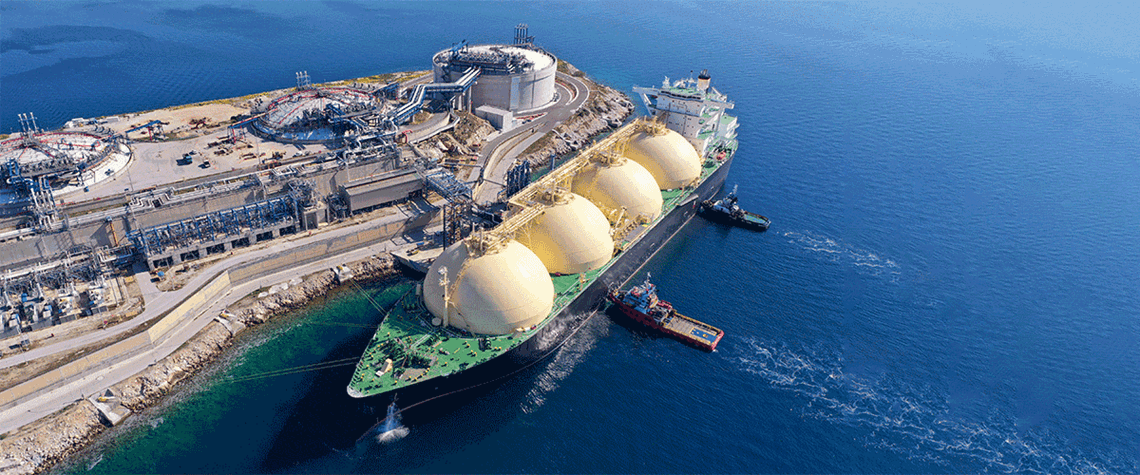Global LNG analysis report 2023 — Part 1
Decarbonisation and the war in Ukraine are just two of the factors driving the massive investment in liquefaction and regasification around the world. The first part of this deep-dive analysis looks at developments in Africa
Numerous trends are driving the short-term and long-term demand for gas globally. These include, but are not limited to, decarbonisation efforts by numerous countries around the world and Russia’s war with Ukraine. In turn, capex on new LNG capacity—both liquefaction and regasification—has skyrocketed over the past several years, with hundreds of billions of dollars in announced investments under development globally. According to the Gas Exporting Countries Forum (GECF), global gas demand will continue to increase to 2050 (see Fig.1). The forum’s report, Global Gas Outlook 2050, sees demand surging to more than 5,600bn m³/yr by 2050. Nearly 50pc of the demand growth will come from the Asia-

Also in this section
17 July 2025
US downstream sector in key state feels the pain of high costs, an environmental squeeze and the effects of broader market trends
16 July 2025
Crude quality issues are an often understated risk to energy security, highlighted by problems at a key US refinery
15 July 2025
Government consultations on the windfall tax and the exploration licence ban are positive steps, but it is unclear how long it will take for them to yield tangible outcomes
15 July 2025
A brutally honest picture about the potential role of oil and gas in 2050 should prompt policymakers to not only reflect but also change course to meet vital energy needs








